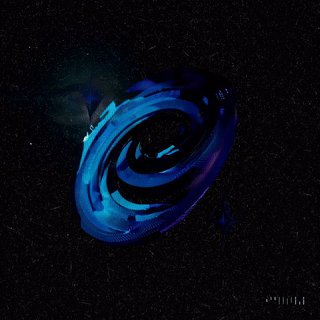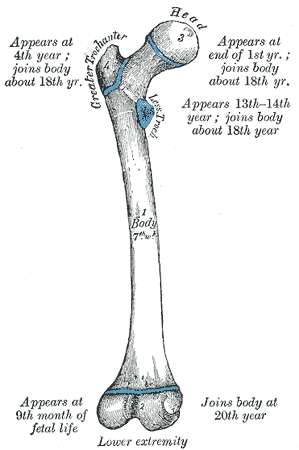Femur Bone Anatomy: Pillars of Support for the Human Skeleton
Introducing the most Massive and Strong (in most ways) Bone in the Human Body There are 62 bones in the legs: 10 trunk/hip bones, 14 ankle bones, and 38 foot bones. The femur (thigh) is the largest and strongest of these bones. Most land mammals capable of jumping also have femur bones, also lizards, frogs, … Read more

